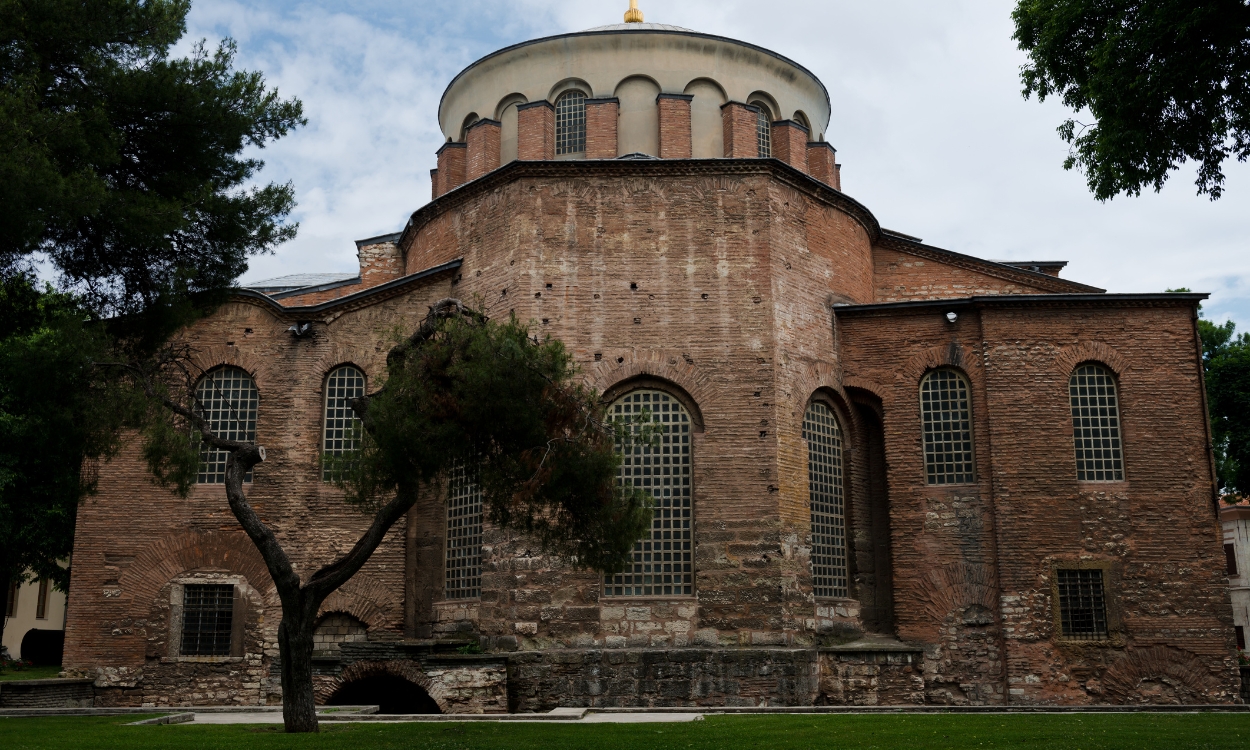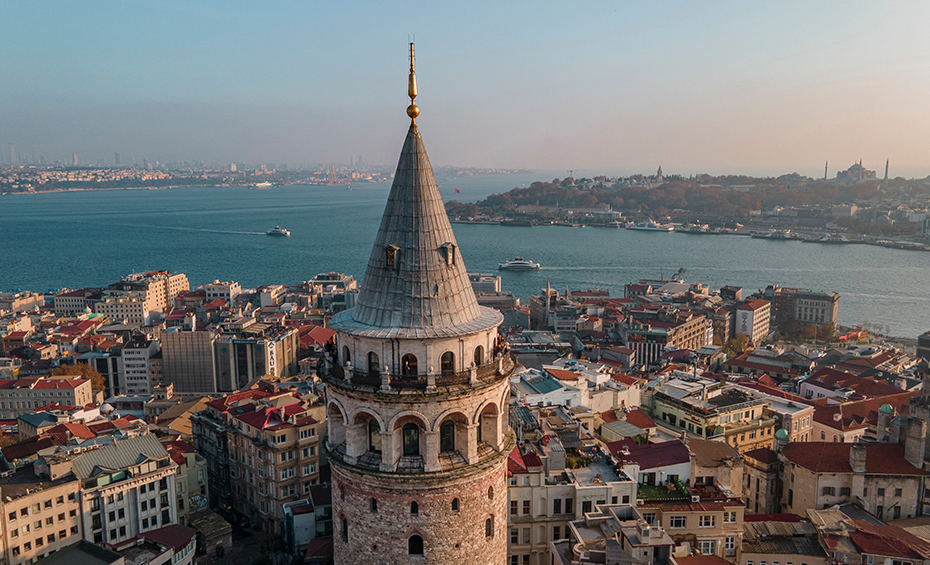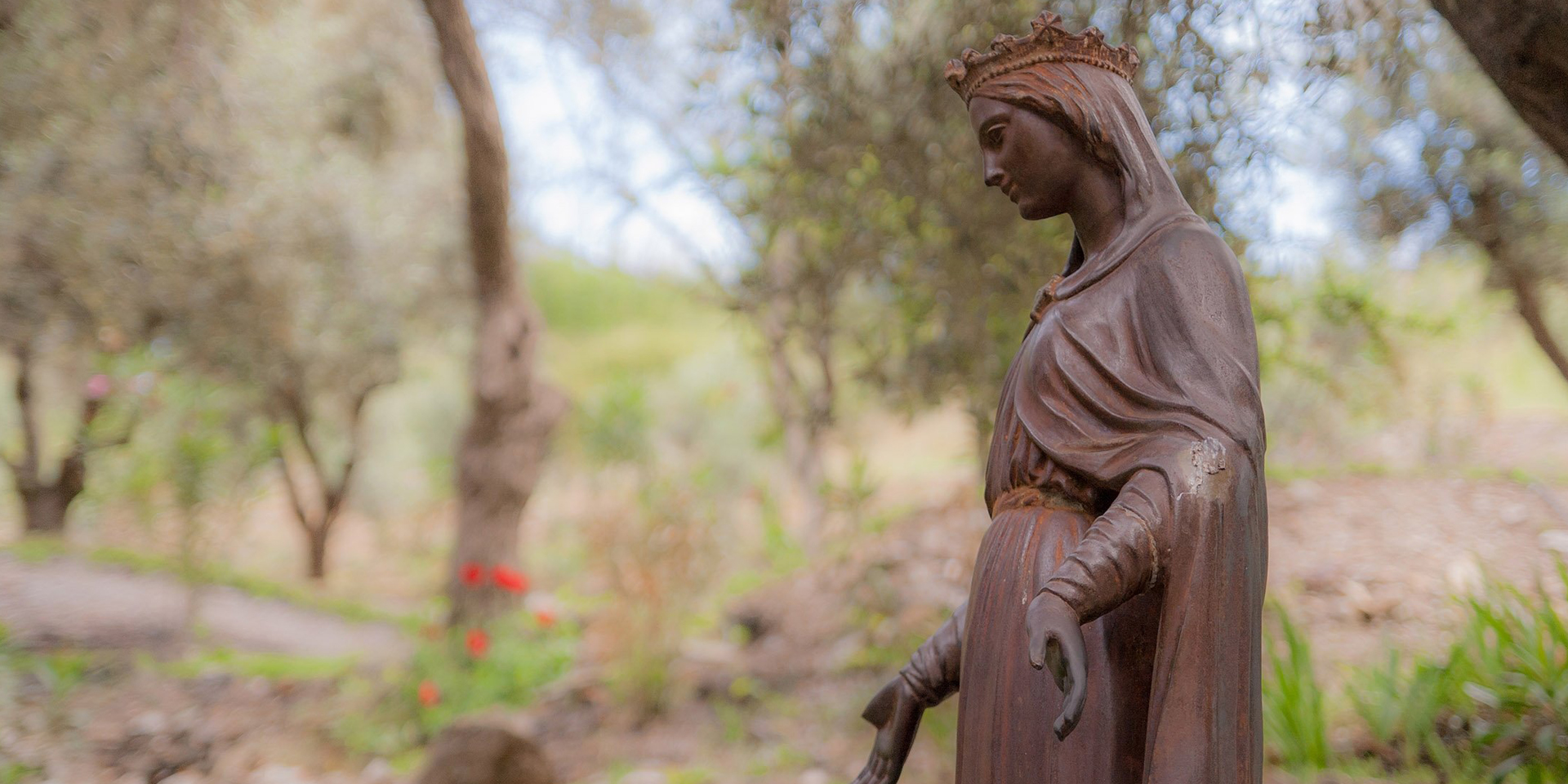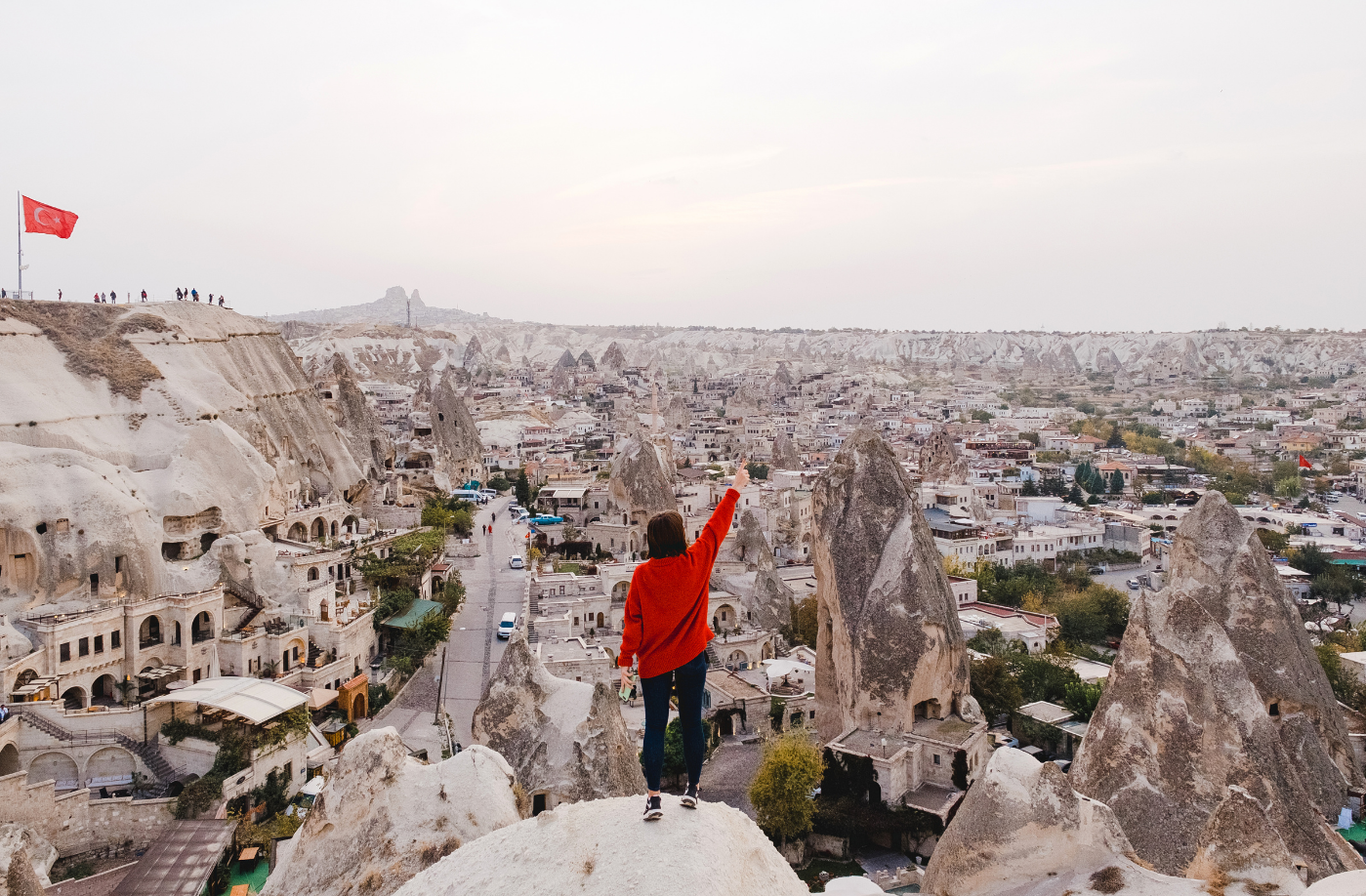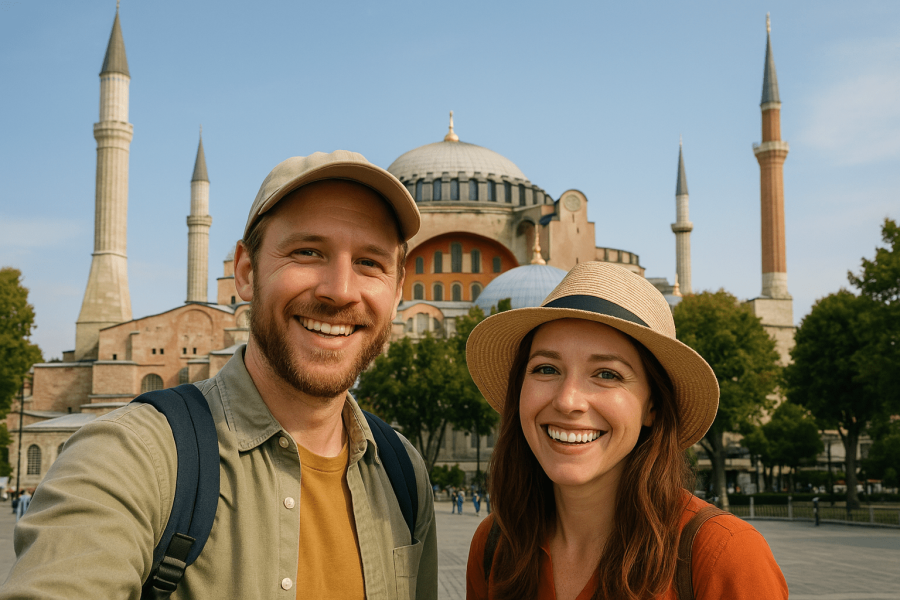Turkey stands as one of Christianity’s most significant destinations, home to ancient churches, apostolic sites, and biblical landmarks that shaped early Christian history. From the Seven Churches of Revelation to St. Paul’s birthplace, Turkey’s Christian heritage offers pilgrims and history enthusiasts an unparalleled spiritual journey through two millennia of faith.
This comprehensive guide explores Turkey’s most important Christian sites, helping you plan an enriching pilgrimage tour through the land where Christianity first flourished beyond Jerusalem.
Why Turkey is Essential for Christian Pilgrimage
Turkey, known in antiquity as Asia Minor, served as the cradle of early Christianity. The Apostle Paul conducted his missionary journeys throughout this region, establishing communities that became the foundation of the Christian church. Today, Turkey preserves more early Christian sites than any country outside the Holy Land, making it an essential destination for religious tourism.
Biblical Significance of Turkish Territory
Ancient Anatolia witnessed pivotal moments in Christian history. St. Paul was born in Tarsus, St. John spent his final years in Ephesus, and the Virgin Mary may have lived her last days near the same city. The Book of Revelation was written on Patmos but addressed to seven churches across western Turkey, establishing the region’s central role in early Christian development.
Seven Churches of Revelation: Apostolic Legacy
The Seven Churches of Revelation, mentioned in the Book of Revelation chapters 2-3, represent Turkey’s most significant Christian pilgrimage circuit. These ancient communities received direct messages from John the Apostle, making them sacred destinations for biblical scholars and faithful pilgrims alike.
Ephesus: The Premier Apostolic Site
Ephesus dominates Christian tourism in Turkey as one of antiquity’s best-preserved cities and home to multiple sacred sites. The Basilica of St. John, built over the apostle’s tomb, stands as a monument to early Christian architecture. The nearby House of the Virgin Mary, where tradition holds Mary spent her final years, attracts hundreds of thousands of pilgrims annually and received papal visits from multiple pontiffs.
The ancient city itself showcases early Christian influence with the Cave of the Seven Sleepers, a legendary Christian refuge, and ruins of early churches integrated into the Roman cityscape. Archaeological excavations continue revealing Christian artifacts and inscriptions that illuminate early church practices.
Smyrna (Modern Izmir): Polycarp’s Martyrdom
Ancient Smyrna, today’s bustling Izmir, was home to Polycarp, a direct disciple of John the Apostle who became one of Christianity’s most celebrated martyrs. While modern development has obscured many ancient remains, the Agora area preserves Roman-era structures contemporary with the early church, and St. Polycarp Church commemorates this significant Christian leader.
Pergamum: The Throne of Satan
Pergamum’s designation in Revelation as the location of “Satan’s throne” refers to its massive Altar of Zeus and its role as a center of emperor worship. The ancient acropolis preserves remains of early Christian structures, while the Red Basilica, originally a temple to Egyptian gods, became one of the first imperial buildings converted into a Christian church.
Thyatira, Sardis, Philadelphia, and Laodicea
These remaining churches of Revelation each preserve unique archaeological treasures. Thyatira (modern Akhisar) features remains of early Christian workshops. Sardis showcases a magnificent synagogue alongside Christian structures, illustrating religious coexistence. Philadelphia (Alaşehir) maintains fragments of Byzantine-era church walls, while Laodicea displays extensive ruins including multiple church complexes revealing early Christian community life.
Cappadocia: Underground Christian Refuge
Cappadocia represents one of Christianity’s most extraordinary chapters, where believers carved entire cities and churches into volcanic rock to escape persecution. This UNESCO World Heritage region preserves the world’s most extensive collection of rock-cut Christian architecture.
Göreme Open Air Museum: Byzantine Masterpiece
The Göreme Open Air Museum houses over 30 rock-carved churches dating from the 4th to 11th centuries, featuring remarkably preserved Byzantine frescoes depicting biblical scenes. The Dark Church (Karanlık Kilise) contains the finest fresco work, with vibrant colors protected by limited light exposure over centuries.
These cave churches showcase various architectural styles and iconographic traditions, from simple cross-plan chapels to complex structures with multiple chambers. The artistic quality rivals any contemporary Byzantine work, demonstrating Christianity’s sophistication in this remote region.
Underground Cities: Christian Sanctuaries
Cappadocia’s underground cities, particularly Derinkuyu and Kaymaklı, functioned as Christian refuges during Arab raids in the 7th-9th centuries. These multi-level complexes descending 60 meters underground included churches, chapels, and baptismal fonts alongside living quarters, illustrating how communities maintained religious life while sheltering from persecution.
The sophistication of these underground sanctuaries, with ventilation systems ensuring air circulation and defensive mechanisms protecting inhabitants, demonstrates the determination of early Christians to preserve their faith under threat.
Antioch: Christianity’s Birthplace
Antakya (ancient Antioch) holds profound Christian significance as the city where followers of Jesus were first called “Christians” (Acts 11:26). St. Peter’s Cave Church, carved into Mount Starius, represents one of Christianity’s oldest worship sites, where Peter himself may have preached to early converts.
The Antioch Archaeological Museum houses important early Christian artifacts, including some of the finest Christian mosaics from the Byzantine period. The city’s position on St. Paul’s missionary routes and its role as an early Christian metropolitan center make it essential for understanding Christianity’s expansion beyond Jewish communities.
St. Paul’s Heritage Trail
Following St. Paul’s footsteps through Turkey creates a comprehensive biblical journey connecting multiple significant sites across the country.
Tarsus: Paul’s Birthplace
Tarsus, located in southern Turkey, was the birthplace of Saul of Tarsus, later known as St. Paul the Apostle. While modern development has transformed the city, St. Paul’s Well marks the traditional location of his childhood home. The city’s Roman-era gate and archaeological remains provide context for understanding the urban environment that shaped Christianity’s most influential missionary.
Pisidian Antioch and Iconium
Paul’s first missionary journey included Pisidian Antioch (near modern Yalvaç), where archaeological excavations have uncovered a church built over the site where Paul preached. Iconium (Konya) preserves early Christian traditions and later became an important Byzantine Christian center.
Constantinople: Byzantine Christianity’s Heart
Istanbul, formerly Constantinople, served as Christianity’s political and spiritual capital for over a thousand years. The city’s Christian heritage remains visible despite its transformation into an Islamic capital.
Hagia Sophia: Architectural Marvel
Hagia Sophia, built by Emperor Justinian in 537 CE, represented Christianity’s architectural pinnacle for nearly a millennium. Though now serving as a mosque again, its Byzantine mosaics depicting Christ, the Virgin Mary, and various emperors showcase Christian artistic achievement. The building’s massive dome inspired church architecture throughout the Christian world.
Chora Church: Byzantine Art Treasure
The Chora Church (Kariye Museum) preserves Constantinople’s finest Byzantine mosaics and frescoes, featuring detailed scenes from Christ’s life and the Virgin Mary’s life. These 14th-century masterpieces represent Byzantine art at its zenith, demonstrating the continuation of Christian artistic traditions until the empire’s final years.
Other Istanbul Christian Sites
Istanbul preserves numerous churches from various Christian traditions. The Patriarchal Church of St. George serves as the Ecumenical Patriarchate’s cathedral, maintaining Greek Orthodox traditions. Hagia Irene, one of Constantinople’s oldest churches, predates Hagia Sophia and showcases early Byzantine architecture.
Planning Your Christian Heritage Tour
Best Time for Christian Pilgrimage
Spring (April-May) and autumn (September-October) offer ideal conditions for visiting Christian sites in Turkey. These seasons provide comfortable temperatures for exploring archaeological sites and reduced crowds at major attractions, though October remains busy with cultural tourism.
Recommended Tour Duration
A comprehensive Christian heritage tour requires 10-14 days to properly explore major sites. A focused Seven Churches tour can be completed in 5-7 days, while a Cappadocia-only pilgrimage needs 3-4 days for thorough exploration.
Guided Tours vs Independent Travel
Organized Christian pilgrimage tours offer significant advantages including expert biblical and historical context, convenient transportation between dispersed sites, and access to local churches and religious communities. Independent travelers gain flexibility but may miss important historical context and struggle with transportation logistics between remote sites.
Practical Considerations
Most Christian sites in Turkey require modest dress regardless of their current status. Comfortable walking shoes are essential for archaeological sites with uneven terrain. Many sites charge admission fees, though Christian pilgrims may receive special consideration at active religious sites.
Combining Faith and Culture
Turkey’s Christian sites exist within a rich cultural context that enhances pilgrimage experiences. Local hospitality, traditional cuisine, and the opportunity to witness how Christian heritage is preserved in a predominantly Muslim country add depth to spiritual journeys.
Many Turkish communities take pride in their Christian heritage, maintaining ancient sites and welcoming pilgrims. This cultural dialogue between past and present, between different faith traditions, creates meaningful opportunities for interfaith understanding alongside spiritual enrichment.
Conclusion: A Journey Through Living History
Christian sites in Turkey offer more than historical tourism—they provide tangible connections to Christianity’s formative centuries. Walking where apostles preached, standing in churches where early Christians worshipped under persecution, and viewing art created by Byzantine believers creates profound spiritual experiences that books and documentaries cannot replicate.
Whether you’re a pilgrim seeking spiritual renewal, a scholar researching early Christianity, or a traveler interested in religious history, Turkey’s Christian heritage delivers unforgettable journeys through landscapes where faith shaped civilization. The country’s unique position as the bridge between Christianity’s biblical origins and its European development makes it an essential destination for anyone exploring Christian roots.
Plan your Christian heritage tour to Turkey and discover why this land remains sacred to millions of believers worldwide.

